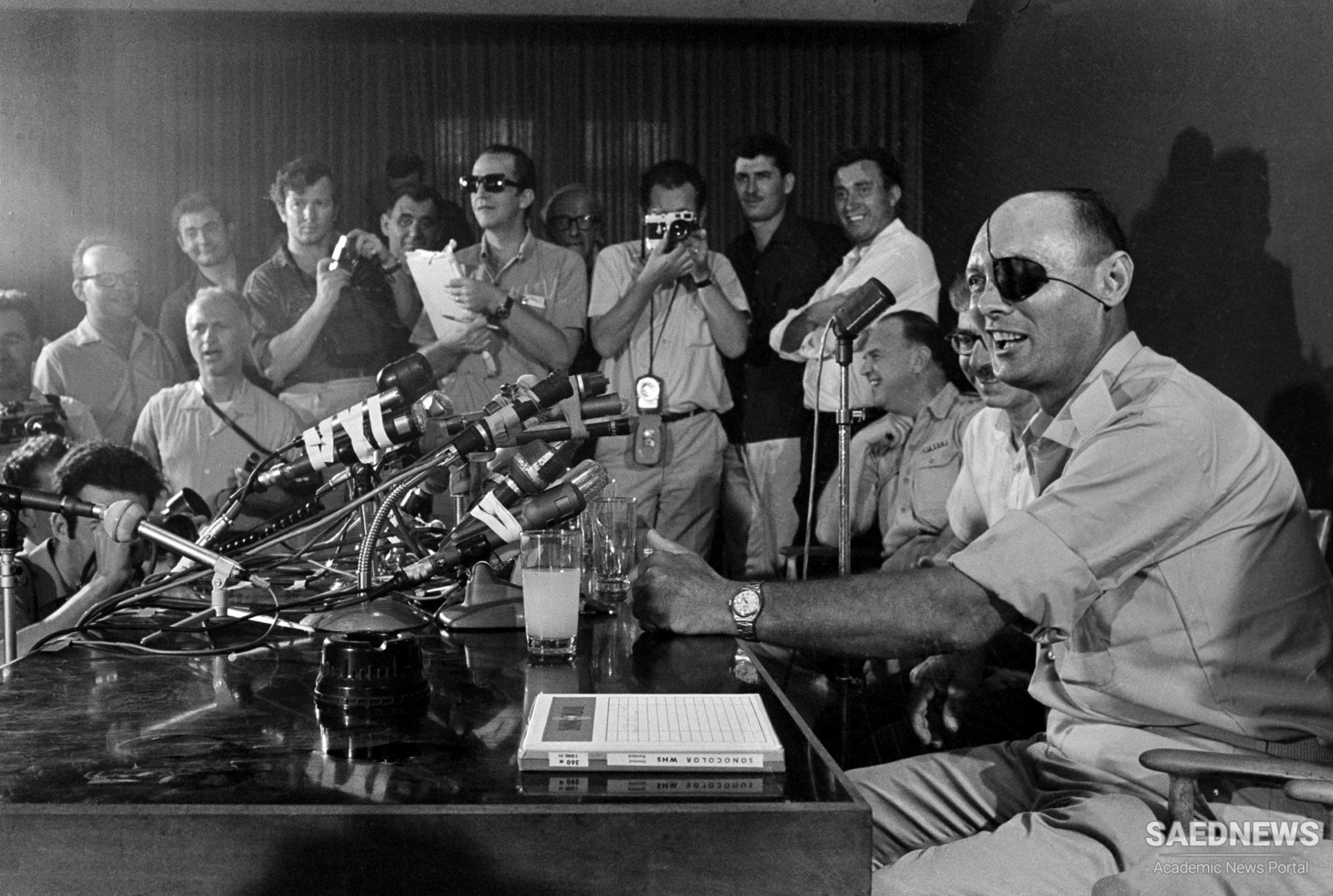Agreements with Jordan and Syria followed on 3 April and 20 July. The agreement with Jordan provided for a special committee, with representatives from Israel and Jordan, to safeguard the holy places and (since the fighting had left Jerusalem divided between the two countries) to ensure free movement between the two halves of the city: a provision Jordan later refused to implement. It also provided for the replacement of Iraqi forces in Jordan by Jordanian forces.
Thus some kind of peace in the area seemed to have been restored. As the acting mediator reported, the imposed 'truce' demanded by the Security Council on 15 July had been replaced by general 'armistice', as the Council had requested on 16 November.
On 11 August 1949, the Security Council met to consider the situation in the light of these agreements and the acting mediator's report. One of the main questions to be decided was whether the restrictions on the immigration of men of military age and on the import of military arms, which had been laid down in the original truce arrangement, should now be maintained.
Eventually the Council decided to reaffirm the ceasefire 'order' of 15 July, made under the mandatory provisions of Article 40 of the Charter. At the same time it relieved the acting mediator of his duties 'under Security Council resolutions' and confirmed the role of the Mixed Armistice Commission. And it asked the chairman of the UNTSO to make regular reports on the observance of the ceasefire, both to the Council and to the Palestine Conciliation Commission.


 Shivering Soldiers and Foreign Interventions
Shivering Soldiers and Foreign Interventions














































